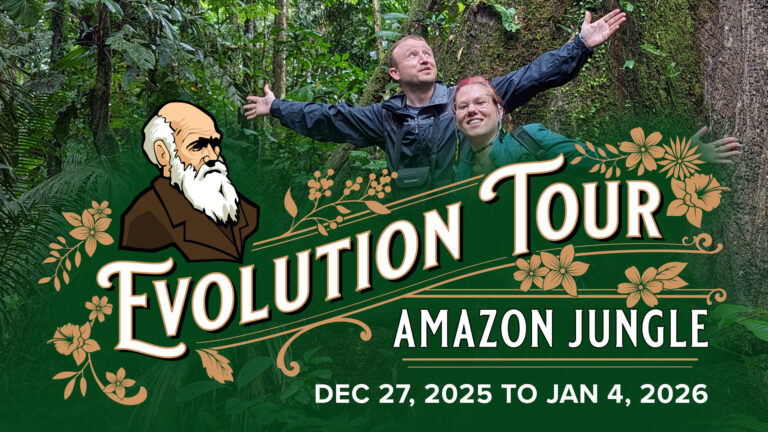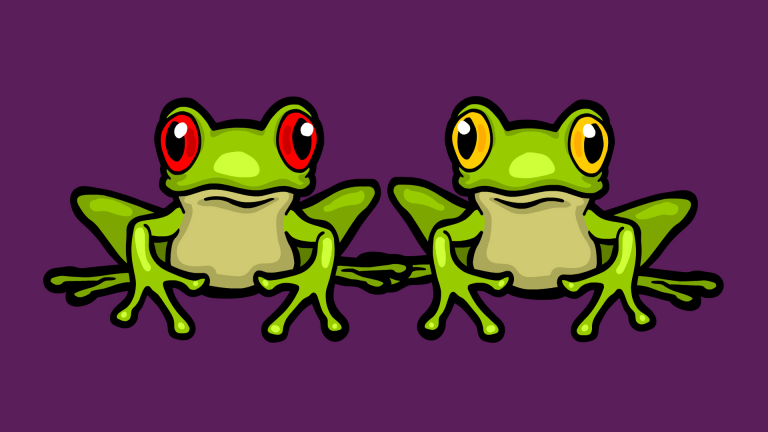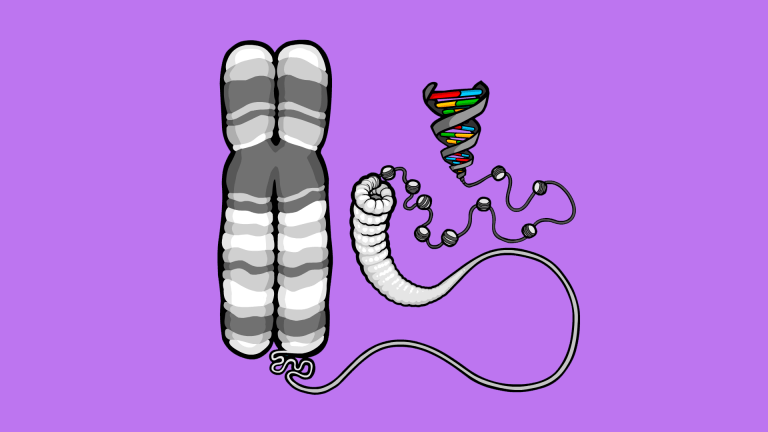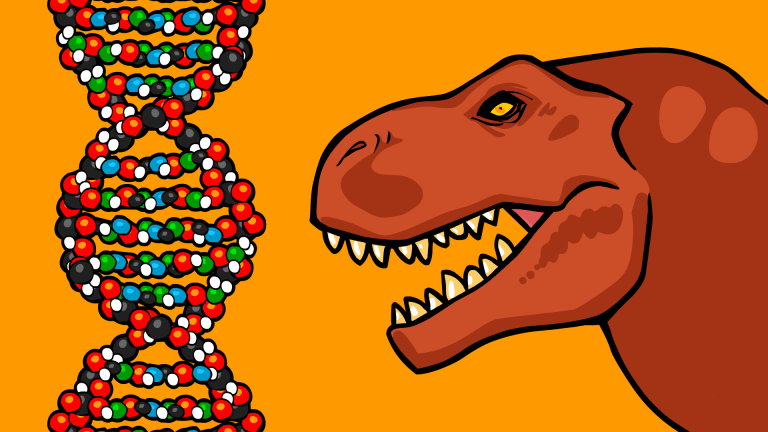Overview
You’ve probably heard about GMOs or Genetically Modified Organisms but what exactly is a gene and what does it mean to modify the genes of a plant or animal?
This short film is designed to help. Here we discuss a basic definition of a gene, show what a gene looks like, what it is that genes actually code for, and the basic idea behind Genetically Modified Organisms.
For Teachers
The content of this video meets criteria in the following Disciplinary Core Ideas defined by Next Generation Science Standards. Use our videos to supplement classroom curriculum.
Contributors
Our videos benefit from guidance and advice provided by experts in science and education. This animation is the result of collaboration between the following scientists, educators, and our team of creatives.
Team
- Jon Perry
- Jeremiah Deasey
- Anthony Danzl
Advisors
- Eric T. Parker, PhD
- Varinia Acosta, DVM
Transcript
What Exactly is a Gene?
Each one of our cells contains 46 strands of DNA. A single strand is made of millions of particles called nucleotides and these Nucleotides come in 4 different types which scientists have labeled A C T and G.
A gene is a special stretch of DNA, a sequence of As Cs Ts and Gs that codes for something.
A gene contains information for a cell to read and use but what exactly does that information do?
You might of heard that there’s a blue eye gene, a freckle gene, or possibly even an anger gene, but single genes don’t literally make things like eyeballs or freckles or temper tantrums. Genes make proteins. Those proteins then interact with each other and all sorts of chemicals inside the body, to build things like eye pigments, freckles, and mood altering hormones.
A single strand of DNA contains thousands of genes (or unique protein recipes). Humans have roughly 20,000 altogether. Some genes are small, only about 300 letters long. Others are well over a million.
The length and sequence of a gene determine the size and shape of the protein it builds. The size and shape of a protein determine the function that protein will have inside the body.
hemoglobin for example is a protein structure found in red blood cells. It’s unique shape and size allow it to capture oxygen molecules when blood flows near the lungs, and then release em later when blood flows near oxygen starved tissues.
Pepsin is a digestive protein. Its unique shape allows it to break down food inside your stomach so it can be absorbed in the body.
Keratin is a structural protein. It’s unique shape and size allow it to link together with other keratin proteins to form hard structures like fingernails, claws, and beaks.
Different creatures have different genes which is ultimately why their bodies look and function differently. But one of the many reasons that scientists believe all life on earth is related, is that the basic DNA code, the language of As Cs Ts and Gs is pretty much the same for all living things. Many creatures even share some of the same genes.
You might not be too surprised to learn that humans and chimps (which are closely related) share 96% or their genetics code but what would you think a lowely fruit fly has in common with a beautiful swimsuit model? Surprisingly, about half of its genes.
Because all creatures use DNA in pretty much the same way, genetic engineers have found that if they take a gene from say a bacteria cell and insert it into the DNA of an animal or plant cell. That animal or plant cell will then read the new gene and produce the bacterial protein.
Engineers have mixed and matched the genes of different organisms to produce many new creatures including corn that is toxic to insects but supposedly safe for human consumption, tomatoes that last up to twice as long in the grocery store before going bad and a new form of bacteria that produce the human protein insulin which we then collect from these bacteria and sell to people with Diabetes who need extra insulin to survive.
So just to sum things up a bit, what exactly is a gene? A gene is a special stretch of of DNA, not the entire strand of DNA, just a segment, that codes for something. Each gene is like a unique recipe which usually tells a cell how to make a protein or a group of proteins.
Different creatures have different genes, but all genes are written in the same basic DNA language of As Cs Ts and Gs.
I’m Jon Perry and that’s Genes Stated Clearly.





